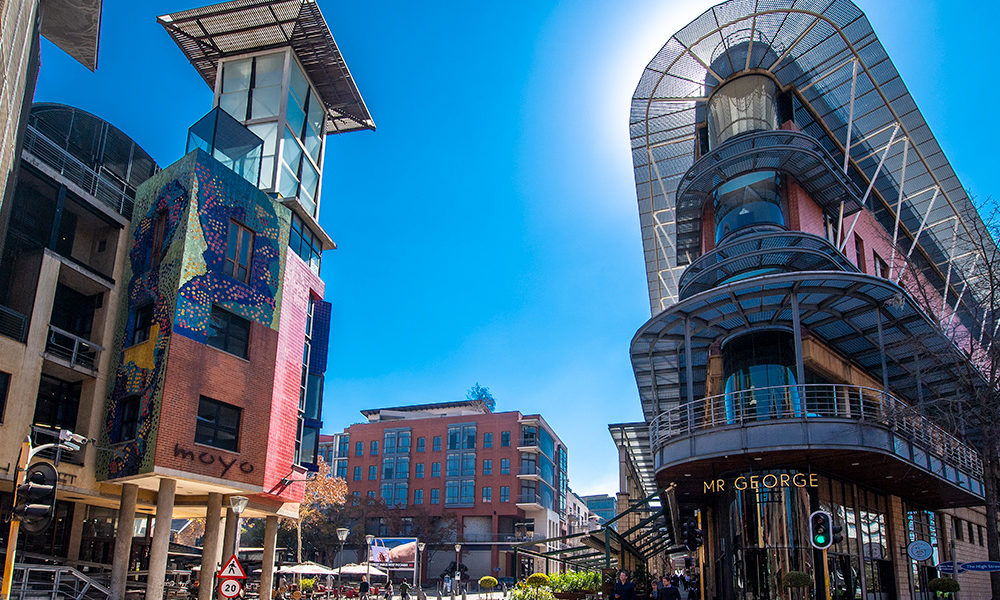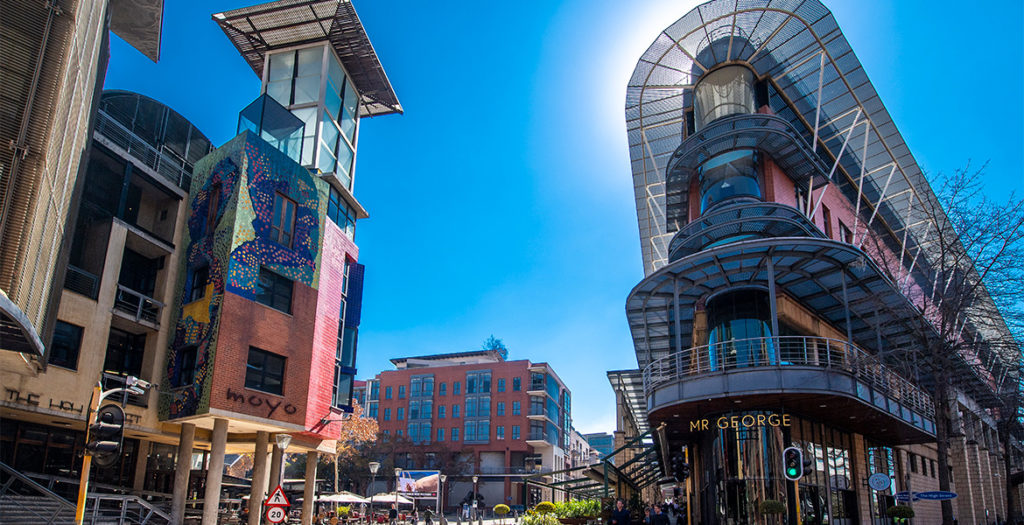In urban areas, different types of properties evolve at varying rates. Coffee shops and small eateries might spring up in a gritty area before the appearance of shared work spaces. Studio apartments might be drawing in more people and leading to round-the-clock activity in places where once there were desolate areas after dark. Or, perhaps start-ups and entrepreneurs might emerge initially, followed by food markets and cafés, then shops and accommodations. There is no set sequence, but the property mix is ultimately, and usually, similar — commercial (offices), retail (shops) and residential (apartments).
Whether economically or through legislation, local authorities and city planners can do only so much to address urban decay by supporting regeneration through new building projects, and often through historic preservation as well. Ultimately, areas will go through peaks and valleys at their own pace, and the unfortunate reality is that more often than not, growth and regeneration cannot be sustained as tastes change and trends move on.
However, there are areas within modern cities around the world where conditions are more favorable for prolonged prosperity and where property and lifestyle trends can be more closely aligned such that areas can continue drawing people in, versus falling out of favor over time. These are mixed-use developments, where different types of properties co-exist and each can thrive thanks to the connection and integration of uses with the others. No matter the size, the boundaries of these neighborhoods are fixed and daily operations are centralized, bringing many benefits to residents, businesses and visitors, chief among them security and convenience.
“If a mixed-use development is planned and managed well, it has the capability to move with the times. Through ongoing evolution, it can renew and reinvent itself, remaining relevant and sought after,” says Nicholas Stopforth, Managing Director of Amdec Property Developments, owners and operators of Melrose Arch in Johannesburg, Harbour Arch and The Yacht Club in Cape Town, and projects in Australia and other locations. They acquired the Melrose property in 2005, long before the mixed-use concept was as prevalent as it is today. In the interceding years, they’ve managed to turn it into the popular and thriving mixed-use neighborhood that it is today, a perennial favorite with residents, tenants and visitors.
“In an era where time is scarce and crime is often a concern, the mixed-use concept has a lot to offer, not least because it can keep evolving,” Stopforth said. “We believe in it because our aim is to build communities by creating environments where people can live, work and relax, all within close proximity, and with the peace of mind that they are safe.”
“In an era where time is scarce and crime is often a concern, the mixed-use concept has a lot to offer, not least because it can keep evolving,” Stopforth said. “We believe in it because our aim is to build communities by creating environments where people can live, work and relax, all within close proximity, and with the peace of mind that they are safe.”
Mixed-use developments in other countries are changing the way we live, and positively impact our lifestyle because they have the potential to become communities in and of themselves. If you live and work here, you get to know the other people who live and work here too. This leads to social interactions among neighbors and local businesses, which in turn improves quality of life and is known to boost longevity. If you spend leisure time here, you’re likely to get to know other people who do the same. And so, these positive cycles are perpetuated and eventually become the norm.
As the Amdec Group’s largest and best-known property, Melrose Arch is a prime example of the mixed-use property model. Over time, the initial investment has shown exceptional growth. Today, Melrose Arch comprises over two-million square-feet of mixed-use property, with an additional four-million square-feet in the planning phases.
Along with a large component of commercial office property on-site, the development also includes dozens of bars, restaurants and coffee shops. More than 100 top retailers, ranging from major national and international brands, to small, independent stores, call Melrose Arch home. There is a flagship Virgin Active gym in the neighborhood, as well as the high-end Daytona automotive dealership.
Five new restaurants have opened at Melrose Arch recently, including the popular Tiger’s Milk, reflecting the vibrancy that continues to draw people in. The new arrivals coincide with the first residents at One on Whiteley, the latest apartment block to be added to the Melrose Arch neighborhood. The response to the building has been overwhelmingly positive, underlining the market demand for high-quality, safe and secure apartment accommodations.
In the future, we could be living, working and relaxing in close proximity, spending much less time commuting in traffic, and more time enjoying the things we love, with the people we care about. Through constant improvement and progression, mixed-use neighborhoods are reshaping the way we live for the better.
SOURCE: Architecture & Design, www.travelwritersmagazine.com


